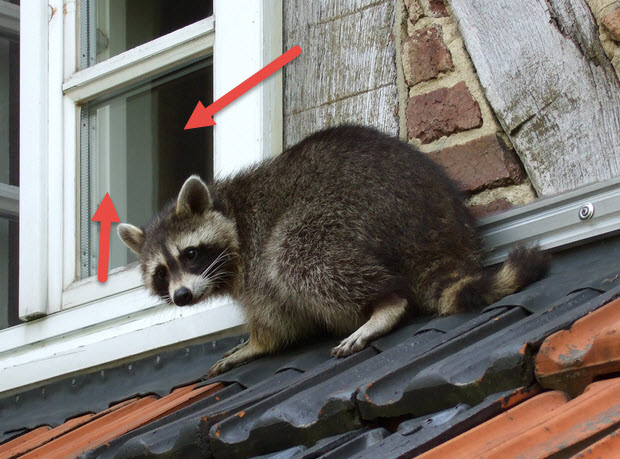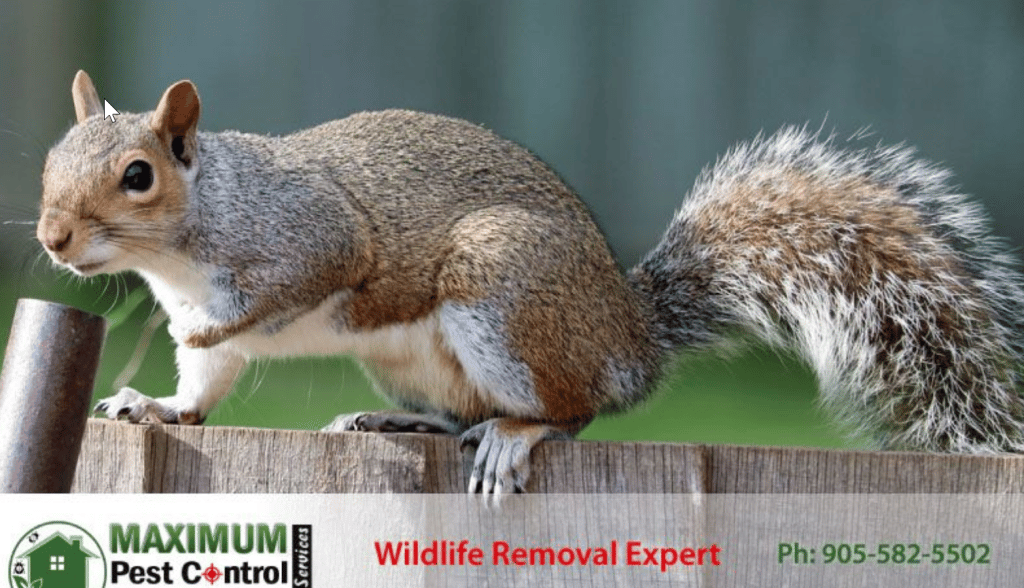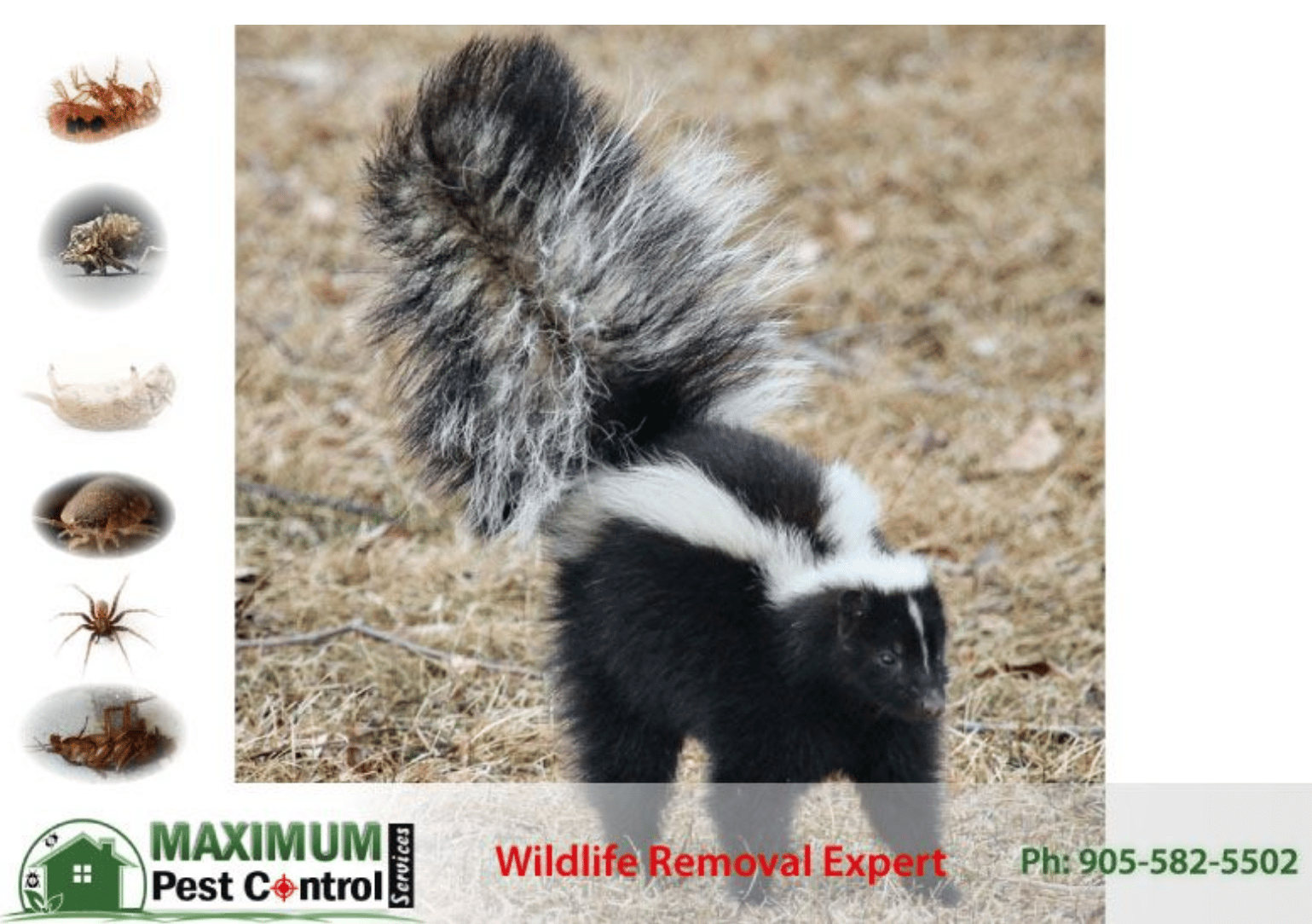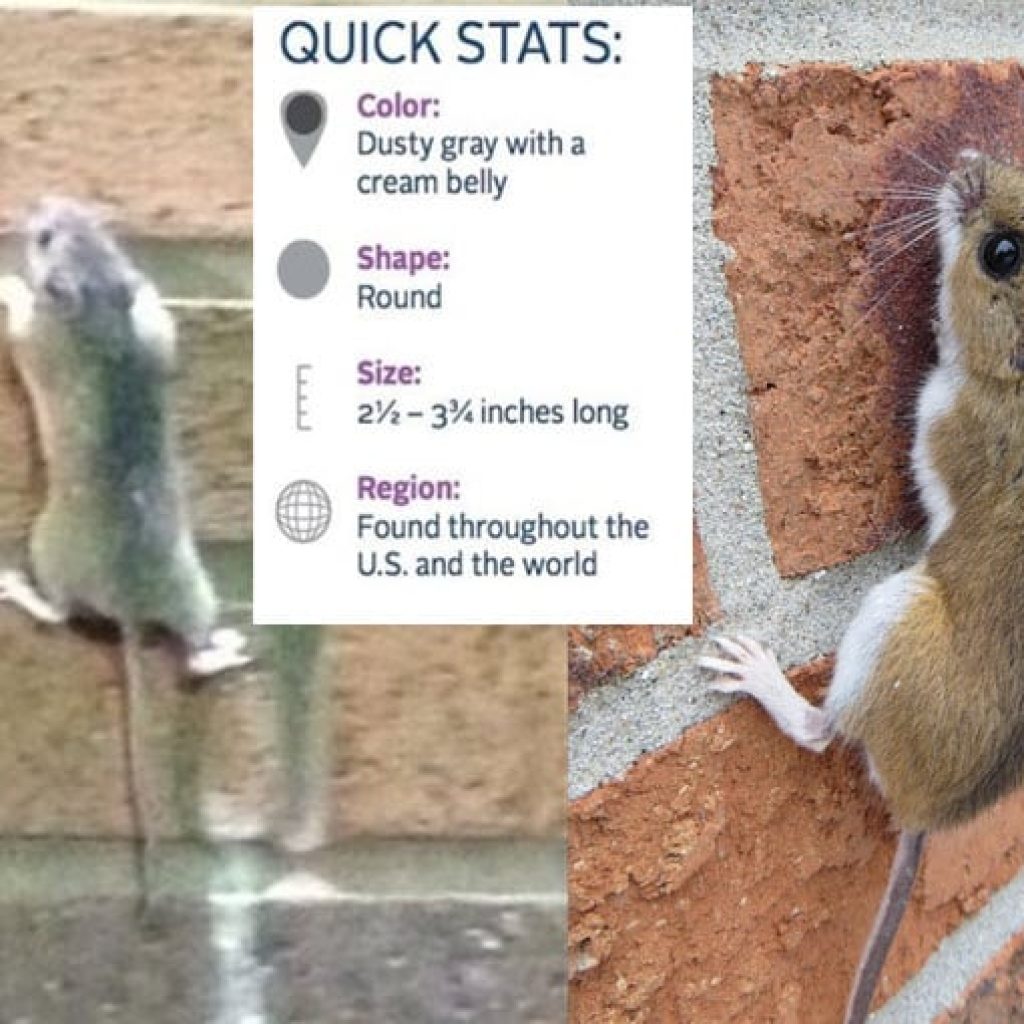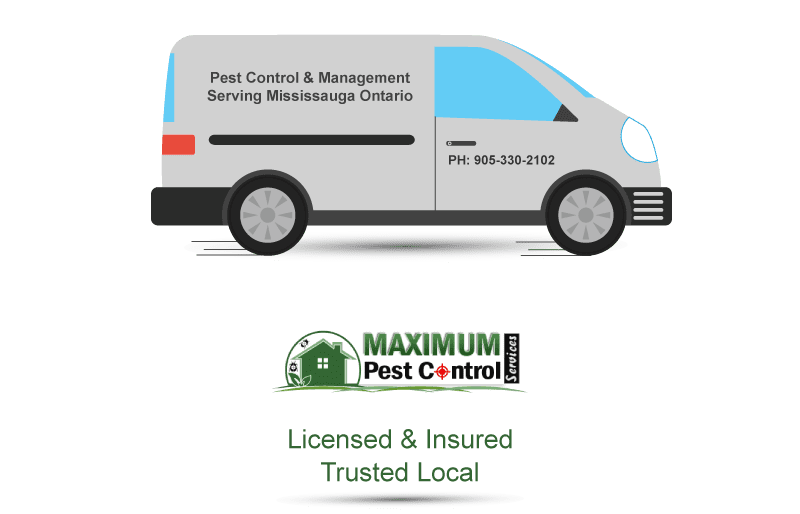
Wildlife Animals That Can Be a Nuisance for Homes in Canada
As urbanization increases, cities seem to create new places for wild animals to find readily available shelter, food, and water. Many of these wild animals have successfully adapted to urban environments and learned cool tricks to help them survive and even thrive. Coyotes, for example, have learned to avoid human contact and feed on anything they can find, including fruits, insects, rabbits, and birds.
Unfortunately, wild animals such as skunks, squirrels, opossums, and mice bring many issues for homeowners throughout GTA, Halton region and Southern Ontario. They are known to cause tremendous structural damage and spread diseases such as rabies. While it may be scary to encounter wild animals in your home, you should never attempt to eliminate them on your own.
Our certified and bonded team of wildlife removal professionals at Maximum Pest Control Services will thoroughly inspect your home and customize an Eco-friendly solution to get rid of live or dead animals. We also seal all entry points to prevent the re-entry of wildlife into your property. Our animal removal services also include disinfection of the entire area to curb the spread of diseases.
What Makes Your Home a Sanctuary for Wildlife Pests
Wildlife animals invade homes for many of the same reasons as common household pests; food, shelter, water, and warmth. For instance, opossums can take up residence in the tight spaces of your home where they feel safe from predators such as foxes and coyotes. Other animals, such as squirrels and mice, are opportunistic creatures who will invade your property if there is an easy source of food, such as open garbage cans and garden produce like berries and nuts.
Generally, wildlife finds everything they need in their natural habitats. However, some habits may unintentionally make your home a sanctuary for these creatures. Here are ways you may unwittingly attract wildlife into your home:
- Ready food source:Wildlife will invade your home if there is an easy food source. Odors’ from unsealed garbage cans, pet food, garden produce, and bird feeders can attract nuisance critters to your property to invade and settle.
- Warmth:Wildlife may choose to spend the winter in the warmth of your attic home. A typical example is squirrels and skunks, which are known to take advantage of the empty spaces under your porch to get extra warmth. Unfortunately, your home provides the perfect hideouts from weather elements, allowing wildlife to raise their babies safely.
- Shelter:Wildlife pests are highly opportunistic creatures that invade your home or yard to avoid predators. Unfortunately, a home setting provides numerous places for wildlife species to construct nests for rearing their young ones, simultaneously protecting them from predators.
Common Wildlife Pests in Canada
Here are wildlife species that are a common nuisance for homes in Canada:
Raccoons
Raccoons are awesome tree-climbing mammals commonly found in the U.S. and Canada. These stocky creatures are medium in size with short legs and tiny rounded ears. Raccoons are easily identifiable by their grey fur, bushy ringed tails, and a black band around their eyes.
Although they are nocturnal creatures, it’s not uncommon to spot a raccoon searching for food during the day. These notorious invaders can inflict severe damage to your home, including the HVAC system, attic insulation, and electrical wiring. Even worse, raccoons are a health hazard. They are known to spread diseases such as rabies, salmonella, and E.Coli via urine contamination.
Squirrels
Squirrels are medium-sized rodents that are increasingly common in Canada. These bushy-tailed creatures have slender bodies with short, silky fur and large eyes. Depending on the species, their fur colour typically ranges from red, brown, grey, black, yellow, and white. Though they may appear cute, squirrels can be downright crazy. They are known to be quite a nuisance, causing severe structural damage when they invade your home.
Flying squirrels, in particular, invade homes by chewing small holes in eaves, basements, and attic vents. They notoriously chew and gnaw on these surfaces, leaving behind severe structural damage. Squirrels transmit diseases like tularemia, plague, and typhus through bites and direct contact.
Skunk
Skunks are omnivorous creatures that commonly feed on fruits, fish, small mammals, and insects such as grasshoppers, beetles, and bees. These cat-sized mammals are easy to identify as they have furry black bodies with small heads, tiny black eyes, and short, pointed snouts. Their most distinctive feature, however, is the thick white stripes that run from their head down to the tip of their fluffy tails.
Skunks are one of the most destructive wildlife pests thanks to their sharp, strong teeth used for grabbing and killing prey. They use their long leg tails for burrowing and as a weapon when threatened. These small animals are known to cause serious property damage when digging for food. They leave behind unsightly holes in your lawn and damaged electrical cables, plumbing, and foundations.
Opossums
Sometimes referred to as possums, opossums are scavengers commonly found in North America and are now spreading into some Canadian provinces. Although they look like large rats, opossums are not rodents. They are marsupials, which are unique mammals with a pouch in their bellies in which their incompletely developed babies nurse after birth.
Opossums are nocturnal and solitary, meaning they sleep by day, forage by night, and are rarely seen together. They are opportunistic and resourceful creatures that invade homes by climbing, often leaving noticeable damage on the eaves and gutter system. They also carry and spread diseases such as tuberculosis, spotted fever, and leptospirosis.
Mice
The house mouse generally lives in close association with human societies. These notorious rodents depend on man-made structures for food, water, and protection from weather elements and predators. Mice are smaller and more slender than rats, with long tails covered in fur. They breed rapidly every 37 days or so, and can be extremely destructive when they invade your home.
These rodents continuously gnaw on structures with their sharp ever-growing teeth, causing extensive damage to insulation, attics, drywall, basements, and sometimes your car engines. They can also be dangerous because they spread many deadly diseases, such as the hantavirus and salmonella, as well as carrying ticks and flees.
Rats
Rats typically share habitats with humans and can be found in and around structures such as barns, houses, wall voids, granaries, sheds, and basements. Rats are relatively bigger than mice; you can easily distinguish them by their short, hairless tails.
Once these contaminating crawlers invade your home, they pose serious health risks and structural damage through defecation, gnawing, and building nests.
Professional Tips to Keep Wildlife Away from Your Home
The most effective way to control wildlife pests is to keep them away from your home and yard in the first place. If these nuisance invaders are causing trouble in or around your property, here are effective tips to keep them away:
- Keep your trash can tightly cover sealed at all times.
- Keep your yard clean by trimming vegetation, trees, and overgrown bushes.
- Enclose your home with a suitable fence.
- Collect fallen birdseed and strategically position birdbaths in places out of wildlife reach.
- Proof potential wildlife entry points and weak areas to keep the opportunistic critters away.
Contact Maximum Pest Control Services for Your Wildlife Removal and Exclusion
Dead and live wildlife pests should only be handled by a trained local pest control expert, as these critters carry pathogens that can cause serious diseases. Maximum Pest Control Services animal removal experts have been controlling all types of wildlife throughout GTA and Southern Ontario.
We begin by thoroughly inspecting your property to identify potential entry access points, nesting areas, and factors attracting wildlife to your property. Our experts will then develop a customized wildlife control solution to get rid of the critters including mice and prevent future invasions. As part of our wildlife control plan, we provide thorough disinfection services to prevent the spread of diseases.
Call Maximum Pest Control Services (905) 582-5502 today for pest control inspection and effective wildlife removal services.


